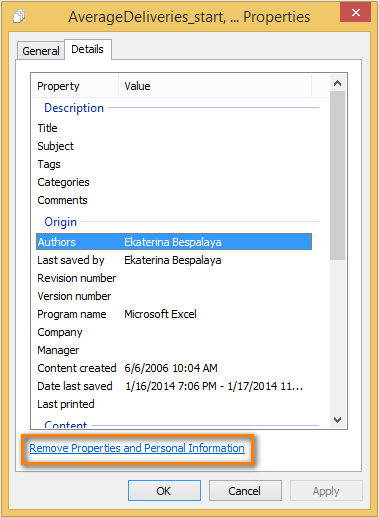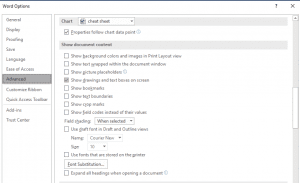

The colors associated with tags like “Blue” and “Orange” (default label names) are stored in a different attribute ( ). # File to operate on path = "~/Dropbox/nvALT2.2/ruby shellwords module.md" # Test array of tag strings tags_xml = # begin valid PLIST XML string plist = %Q Color labels Trying to view them using the xattr tool almost always results in a hex dump, and converting it results in a binary plist, and converting that gives you messy results. If you have Office 365 for Mac, I think the answer is to go to Tools/Protect Document.

Tags are stored in extended attributes on the files, in a metadata attribute with the key kMDItemUserTags. I want to remove personal data (Metadata) from my Word documents. I’m not ready to publish this last script yet, but I thought I’d point out a few simple tricks for those working on their own solutions. It used the same basic Ruby classes that I used in vitag, which you can reference on GitHub for a more full-fledged version of these tips. Last weekend I wrote a script to handle cleaning up my system’s tags, merging synonymous tags, fixing spacing and punctuation, making casing and pluralization consistent, and various other nitpicks that have gotten messy in my taxonomy over time. 1 If you’re just looking for a ready-to-go tool, grab tag and skip the rest of this. There’s an excellent CLI from James Berry called “tag” that I use frequently, but I sometimes implement more “down and dirty” techniques in scripts. I have a handful of scripts for manipulating tags from the command line, including the most complete (and useful to me) one, vitag. So I’ll use “Finder tags” for a little while longer. Up until iOS 11, they didn’t work on iOS devices, so they eventually became “Finder tags.” I think “Apple Tags” is going to have to be the nomenclature moving forward (now that they’re starting to work on iOS as well), but I don’t think it’s a widely accepted phrase yet. This post is about the tags on files that Apple started supporting in Mavericks. Users would be best served by converting their documents to Acrobat and using Acrobat’s Examine or Sanitize Document features.Let’s address the headline first.
#Remove metadata word for mac 2017 update
When you update the information in one Office application, the information is automatically updated for all Office applications.Ī cautionary note: the metadata removal in Word for the Mac does not appear to be as thorough as Prepare > Inspect Document in the Windows version.

To specify the personal information that appears in Office documents, Office:Mac has this advice: You must remove that information manually.

If you add or edit your name in a specific comment or elsewhere in your file, that information is not removed by this procedure.However, there are two things you must do before using Document Inspector: 1. All names associated with comments or tracked changes are changed to “Author.” The Document Inspector in Microsoft Word is a built-in capability that can detect and remove document metadata in either your work or study materials, such as embedded revisions, comments, editor names, and other hidden content.Step 2: Double click your '.zip' file to go inside the 'Word' folder. The metadata is stored as a file in XMP format. Save the document metadata, and then click OK: To save the metadata to an external file, click Save and name the file. Select Advanced from the list on the left. You will receive a warning, but click on 'Yes' to confirm your change. Choose File > Properties, click the Description tab, and then click Additional Metadata. Step 1: First, create a copy of your original Word file. In document properties, the properties Author, Manager, and Company on the Summary tab, and Last saved by on the Statistics tab. Simply follow these steps below to remove Word restrict editing by changing its extension.


 0 kommentar(er)
0 kommentar(er)
